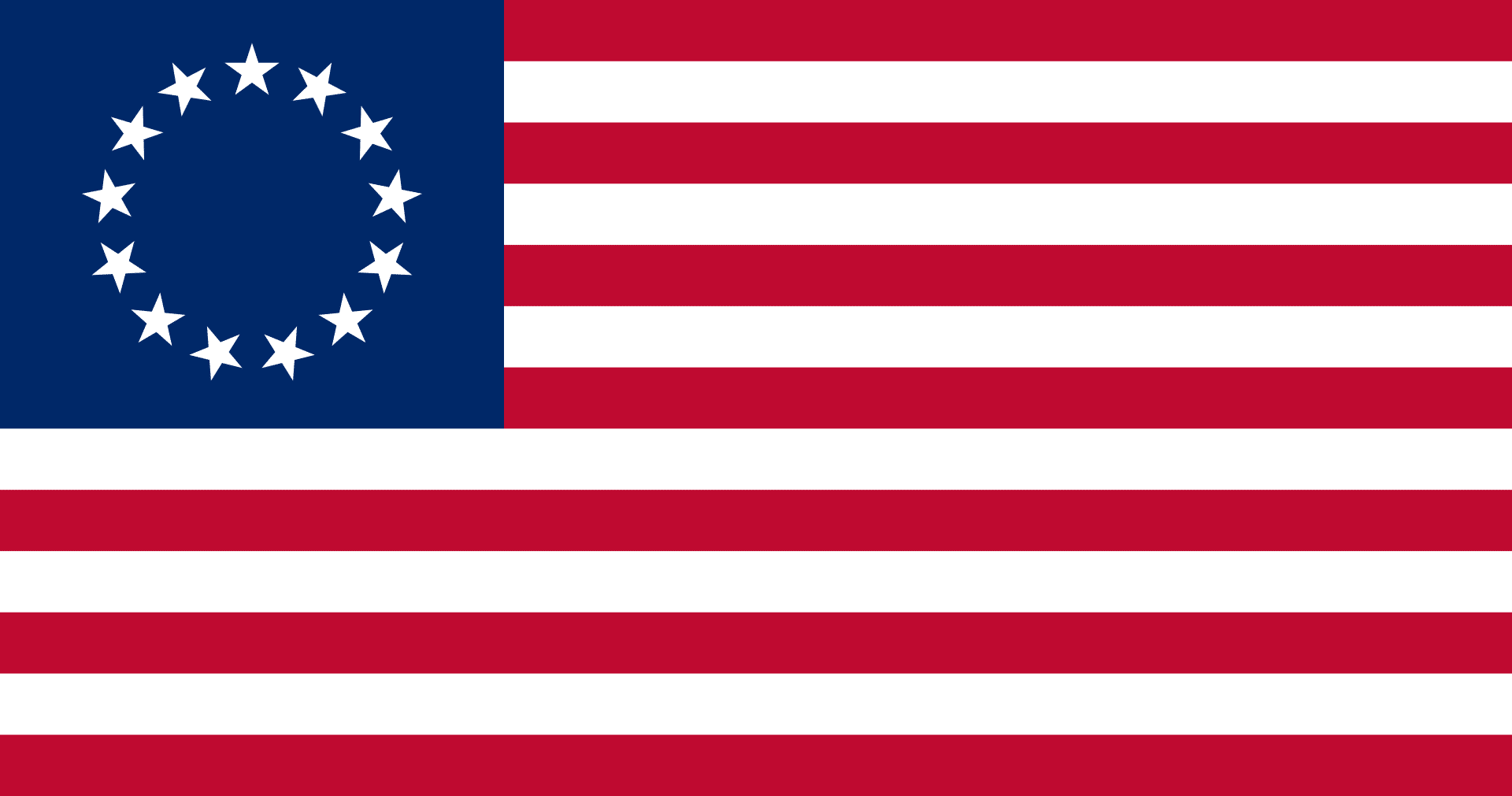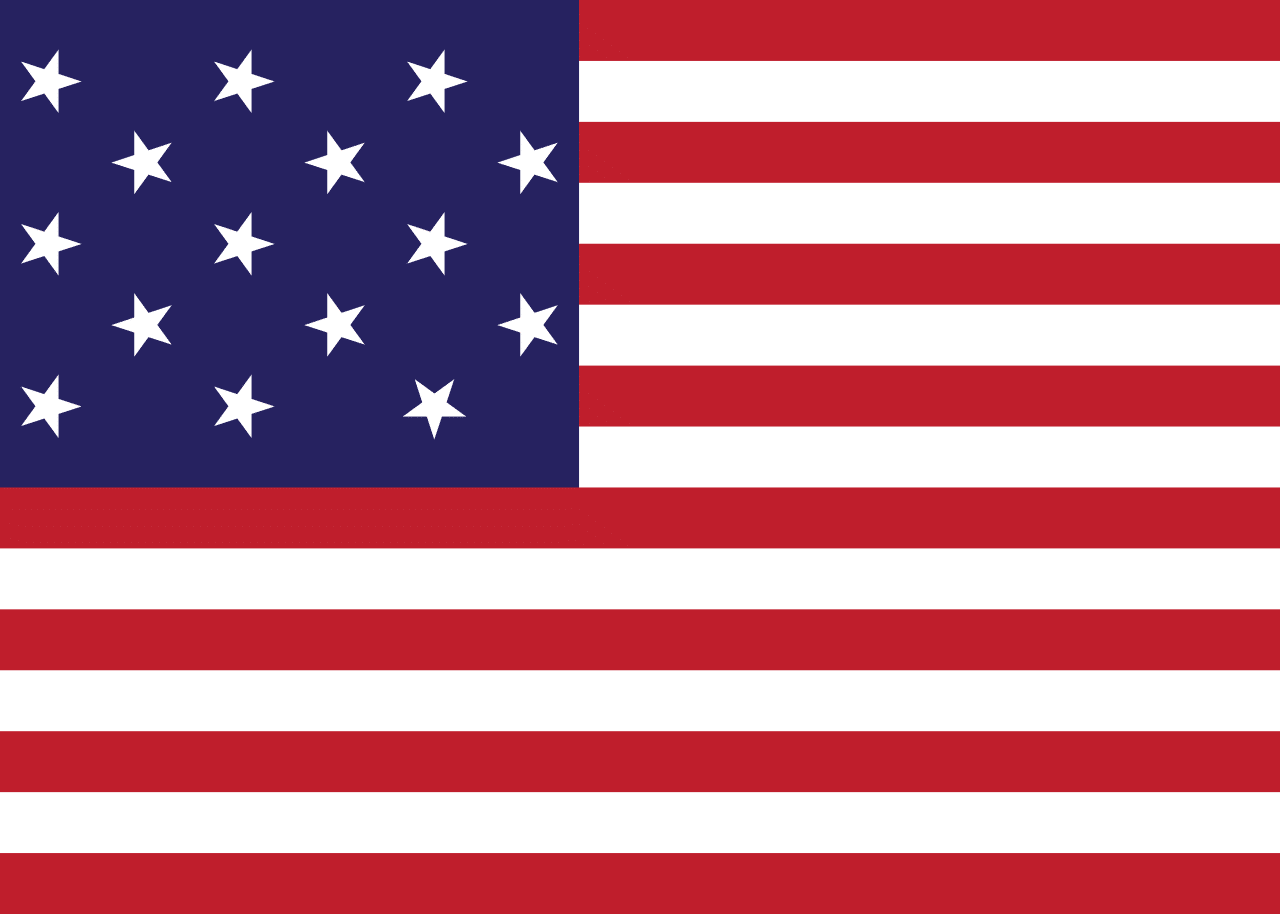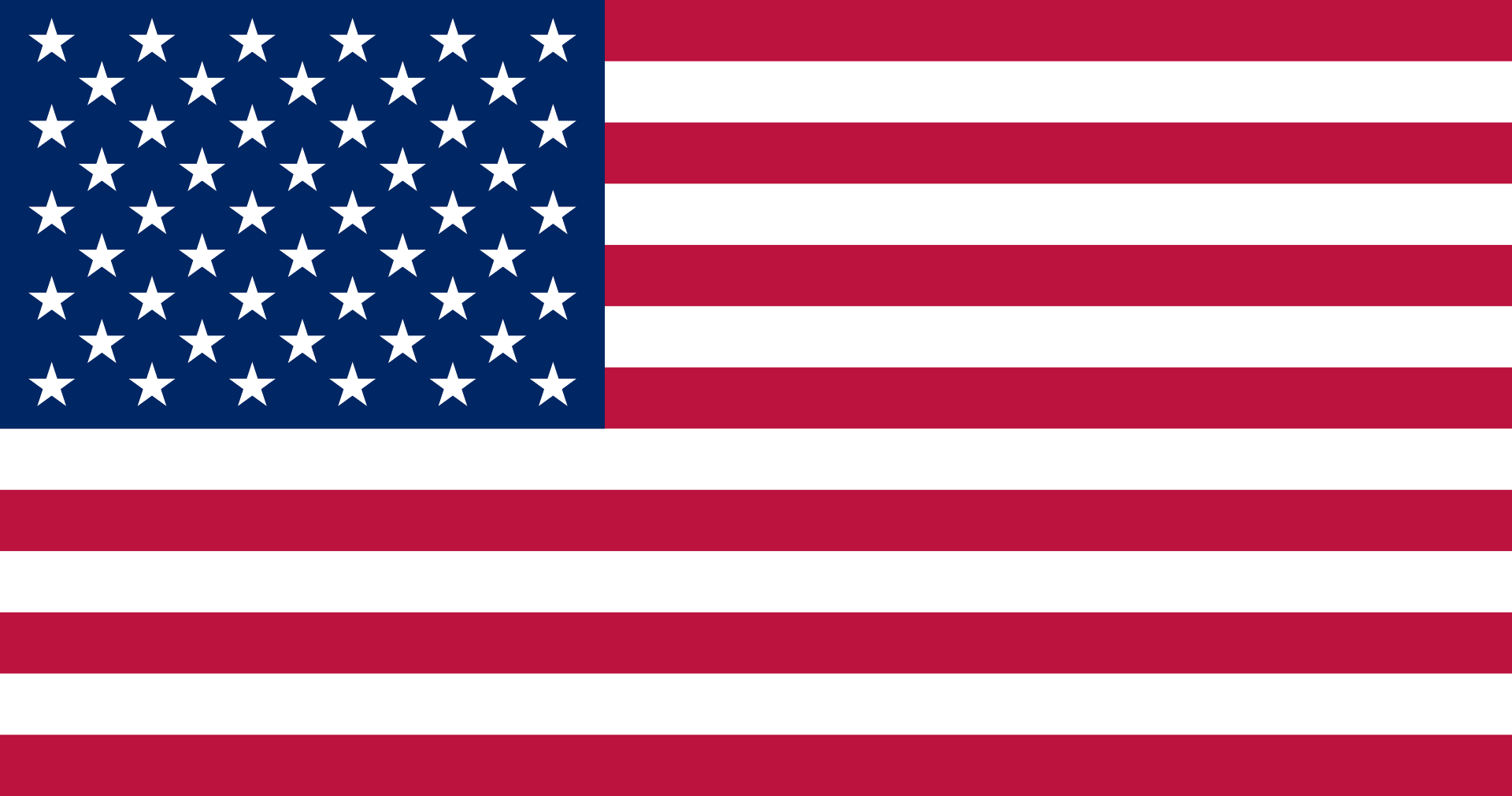Are you looking for a quick American flag history lesson?

You've come to the right place! You can learn a little history about American flags here and see what each version of the historical American flag looked like.
Some people display their American flags every day, while others display them on patriotic holidays - Flag Day, Independence Day, Memorial Day, and others.
There is just something about seeing the American flag waving in the breeze. So beautiful! The next time you see the stars and stripes flying, take a moment to think about the American flag's history and the sacrifices that have been made to protect it.
The American Flag's history began with the words above. These words were written on June 14, 1777, when the Marine Committee of the Second Continental Congress passed a resolution establishing a new flag design for the United States.
History Of Flag Day
In 1916, President Woodrow Wilson issued a proclamation making June 14th National Flag Day. We now celebrate Flag Day each year on June 14th.
Many local and state celebrations occurred on that day prior to 1916, but that year, it was proclaimed an official national holiday.
In 1949, during Harry Truman's term, Congress signed a law making June 14th National Flag Day every year, with a Flag Day proclamation to be given annually.
History Of The American Flag
Below, you will find a brief American flag history, American flag facts, and an American flag clipart showing the evolution of the U.S. flag. The links in bold will take you to a separate page with more detailed information on each American flag's history.
The first United States flag was the Stars and Stripes flag. Prior to June 14th, 1777, the Grand Union Flag still bore the Union Jack in its design.
The resolution signed on June 14th, 1777, gave no instruction as to how many points the stars should have, nor did it mention how those stars should be arranged on the blue union.
Because of this, stars were arranged in various ways on the blue background. One of the popular designs during this time was the Betsy Ross flag.

Another popular flag in America's history was the Bennington flag. It was used by the American militia, who were under the command of John Stark during the Battle of Bennington on August 16, 1777.
In 1795, the number of stars and stripes was increased from 13 to 15 to reflect the entry of Vermont and Kentucky as states of the union.
It was this flag that inspired Francis Scott Key to write the Star-Spangled Banner after witnessing the Battle of Baltimore during the War of 1812.

Five more states had been admitted to the Union by 1818, and legislation was passed by the United States Congress requiring that the stripes on the American flag be fixed at thirteen, one stripe for each of the 13 original colonies.
The stars would number however many states were admitted to the Union, with each star representing one state.
The last star was added on July 4th, 1960, after Hawaii became the 50th state. This 50-state flag is the one that is still used today.

American Flag Colors And Flag Color Meanings
While there are differing opinions on rather the colors in the American flag represent anything, some believe that they represent the same things as the colors in the Great Seal.
- White signifies purity and innocence
- Red signifies hardiness & valor
- Blue signifies vigilance, perseverance & justice
Charles Thompson, secretary for the Continental Congress in 1782, said this about the American Flag:
The colours of the pales are those used in the flag of the United States of America; White signifies purity and innocence, Red hardiness & valor, and Blue, the colour of the Chief, signifies vigilance, perseverance & justice. The Olive branch and arrows denote the power of peace & war, which is exclusively vested in Congress. The Constellation denotes a new State taking its place and rank among other sovereign powers.
The Escutcheon is born on the breast of an American Eagle without any other supporters to denote that the United States of America ought to rely on their own Virtue."
